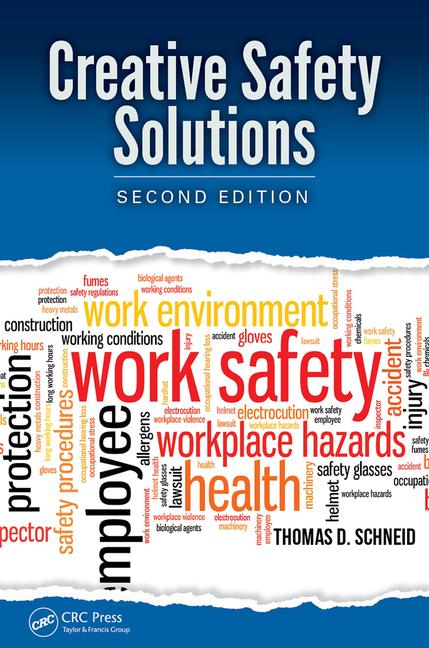Public health
APA report on gun violence identifies precursors and promising solutions
Behavioral threat assessment identified as most effective prevention strategy

 There is no single personality profile that can reliably predict who will use a gun in a violent act — but individual prediction is not necessary for violence prevention, according to a comprehensive report on gun violence just released today by the American Psychological Association (APA).
There is no single personality profile that can reliably predict who will use a gun in a violent act — but individual prediction is not necessary for violence prevention, according to a comprehensive report on gun violence just released today by the American Psychological Association (APA).
The report summarizes the psychological research that has helped develop evidence-based programs that can prevent violence through both primary and secondary interventions. Primary prevention programs can reduce risk factors for violence in the general population. Secondary prevention programs can help individuals who are experiencing emotional difficulties or interpersonal conflicts before they escalate into violence.
No consistent warning signs
"In making predictions about the risk for mass shootings, there is no consistent psychological profile or set of warning signs that can be used reliably to identify such individuals in the general population," according to the report, entitled Gun Violence: Prediction, Prevention, and Policy. For this reason, primary violence prevention programs are critical. In addition, at the individual level, a promising approach is the strategy of behavioral threat assessment, which involves identifying and intervening with individuals who have communicated threats of violence or engaged in behavior that indicates preparation to commit a violent act.
Access to mental health treatment can reduce gun violence
In addition, the vast majority of people suffering from a mental illness are not violent, and despite decades of research, "there is only a moderate ability to identify individuals most likely to commit serious acts of violence," the report notes. When a person does resort to violence, that behavior is typically associated with a confluence of "individual, family, school, peer, community and sociocultural factors that interact over time," and appropriate access to mental health treatment can reduce gun violence, the report says. However, the availability of such mental health care remains "woefully insufficient," it adds.
Written by a task force composed of psychologists and other researchers, the report synthesizes the available science on the complex underpinnings of gun violence, from gender and culture to gun policies and prevention strategies. APA commissioned the report in response to the shootings at Sandy Hook Elementary School in Newtown, Conn., last December and at a movie theater in Aurora, Colo., in July 2012.
The main points
The report is divided into two major areas: antecedents to gun violence and “what works” — i.e., tactics and policies that have proven effective in gun violence prediction and prevention. Among its other major conclusions:
- Behavioral threat assessment teams — composed of trained experts who gather information and determine whether a person is on a path to violence — are the most effective tool currently available to prevent episodes of mass violence like those in Newtown, Conn., Fort Hood, Texas, and the Washington, D.C., Navy Yard.
- For those at risk for violence, access to mental health care can help prevent acts of violence, but exclusive focus on mental health issues will not solve the problem of gun violence.
- Because a propensity for violence can begin early in life, there needs to be a focus on family and community environments that promote healthy development and a continuum of care for troubled individuals.
- Research has shown that early intervention with at-risk families can improve parenting skills and disrupt the pathway from early-onset aggression to violence.
- To reduce gun violence at the community level there must be a comprehensive, coordinated approach taking advantage of the training and skills of law enforcement, educators and mental health providers.
The prevention of gun violence might include efforts focused on guns — because guns are such a powerful tool for violence — but should also include other strategies such as conflict resolution programs and improved mental health services, according to the report. The determination of the most effective strategies should be a scientific question settled by evidence.
Read the full report
Despite political actions that have stunted research into guns and violence, the report presents evidence that firearms prohibitions for high-risk individuals have been shown to reduce violence. Measures to keep prohibited persons from accessing firearms, such as licensing handgun purchases, background checks for all gun sales and close oversight of gun retailers can reduce the diversion of guns to criminals, according to the report.
The authors call for prevention efforts, guided by research, to reduce the introduction of firearms into family and community conflicts; policies that identify and provide adequate treatment for the mentally ill; increased research funding; and better access to gun-related administrative data in order to identify potential prevention strategies.
"This report is an important examination of an urgent problem in our society," said APA President Donald N. Bersoff, PhD, JD. "While it points to policies and interventions that can help stem the spread of gun violence, much more research is needed. Psychology can make important contributions to evidence-based solutions that prevent gun violence."
Looking for a reprint of this article?
From high-res PDFs to custom plaques, order your copy today!






